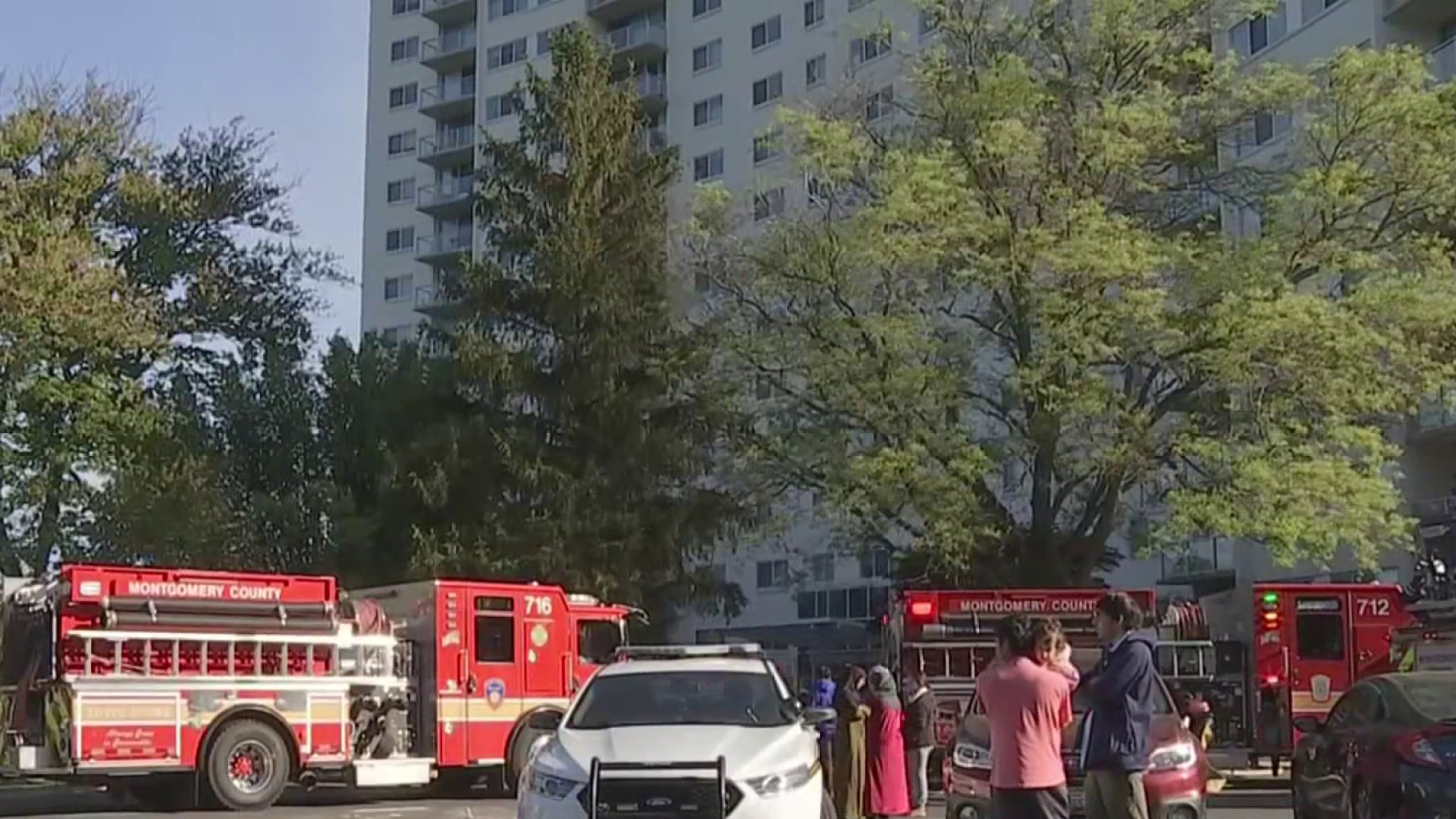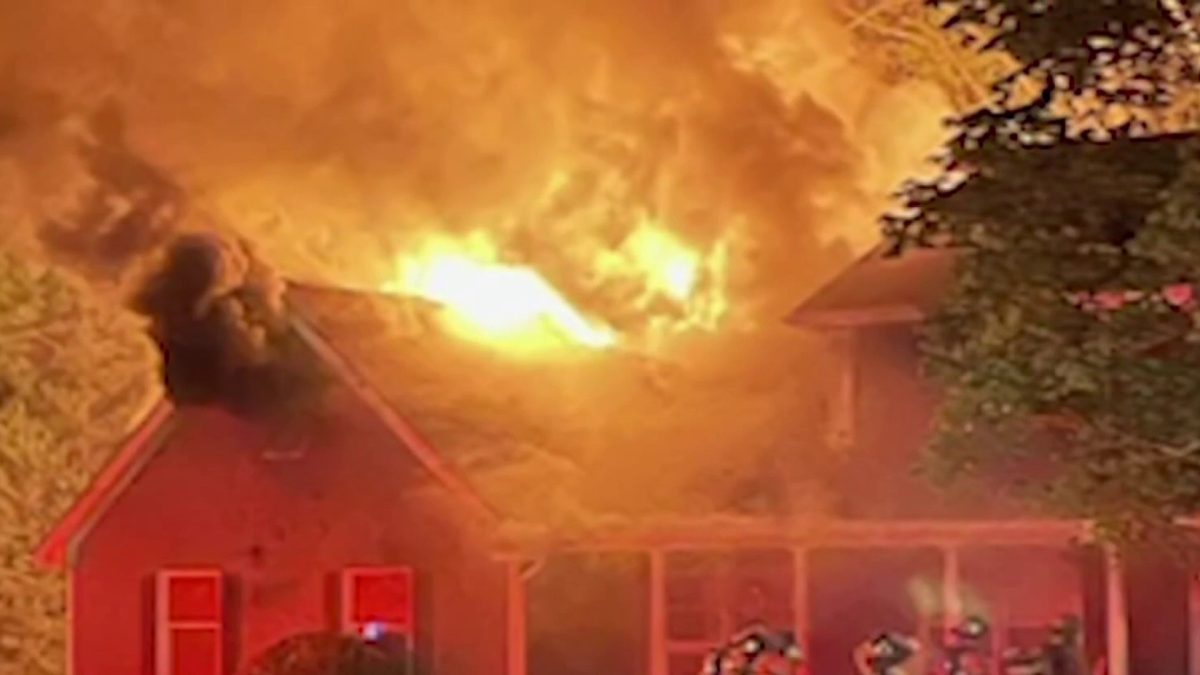Vandals have intentionally damaged more than 9,000 landmarks at national parks in the United States since 2009, according to National Park Service records obtained by the News4 I-Team.
The August paint splattering of the Lincoln Memorial was just one of the most recent incidents in a growing series of vandalism cases at national landmarks, which include graffiti at Catoctin Mountain Park in Frederick County and Old Salem Church in Fredericksburg, Va.
National Park Service security officials say the latest batch of vandalism is being fueled by social media and a new competition among graffiti artists who are opting for high-profile targets on national park grounds. National Park Service Division of Law Enforcement head Charles Cuvelier said graffiti artists are using social media websites to share images, potentially triggering a new competition among vandals.
“What they’re defacing, it’s not rail cars or public property,” Cuvelier told the News4 I-Team. “It’s national treasures.”
The News4 I-Team obtained the National Park Service’s master list of vandalism cases in 2012 and 2013, which listed 24 local vandalism incidents, including the pouring of an unknown substance on the Irish Brigade Statue at Antietam National Battlefield in Maryland.
In other cases nationwide, prized natural landmarks were defaced. A vandal sprayed paint on one of Arizona’s legendary saguaro cactuses. Another damaged Native American rock art at Red Rock Canyon in Nevada. Federal workers closed Rattlesnake Canyon at Joshua Tree National Park in California after someone tagged some historic rock formations.
In New Mexico, federal prosecutors charged a pair of college students for allegedly defacing park rocks and later posting the images to Facebook.
Local
Washington, D.C., Maryland and Virginia local news, events and information
Park Service records reveal 1,891 vandalism cases in 2012. More than $300,000 in taxpayer funds was spent to clean the damage each year in 2010, 2011 and 2012.
Beth Mullin, an environmentalist who helps cleaning efforts at Rock Creek Park in Washington, said park desecration is damaging to the millions of annual park visitors.
“They’re an amazing place for people to enjoy,” Mullin said. “It’s hard to believe someone would do anything to damage them.”



